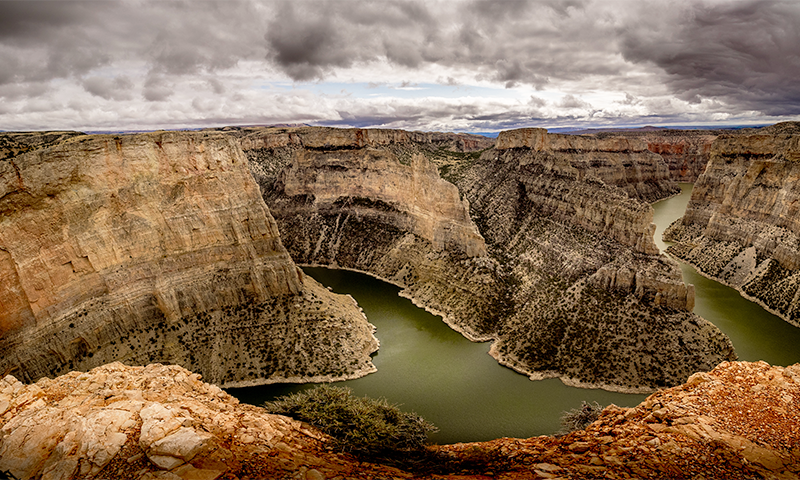Now Reading: Unlocking Earth’s History Through Rocks
-
01
Unlocking Earth’s History Through Rocks
Unlocking Earth’s History Through Rocks

quick Summary
- Laura Poppick, a science and environmental journalist, reflects on her journey from studying geology to environmental journalism in an article excerpt from her book Strata: Stories from Deep Time.
- the narrative centers around the geological strata observed at WyomingS Bighorn Canyon and their significance in understanding Earth’s 4.54-billion-year history.
- Bighorn Canyon features sedimentary layers formed over millions of years, offering insight into past climates, landscapes, and species extinctions.
- Poppick explores the concept of Earth systems-interconnected webs involving atmosphere, continents, water bodies-and humanity’s role as agents of current environmental change.
- While acknowledging human-induced rapid environmental changes are not geologically inevitable, she emphasizes resilience inherent within Earth’s systems and humanity’s embeddedness in them.
Indian Opinion Analysis
Laura Poppick’s reflections offer a layered outlook on how geology informs understanding global environmental changes. While India struggles with its own ecological challenges-rising temperatures, glaciers retreating in the Himalayas-notions like interconnected Earth systems can encourage innovation grounded in deeper timeframes rather than immediate fixes. For countries with rich yet fragile ecosystems like India’s Western Ghats or Sundarbans mangroves, parallels to strata teaching resilience through upheaval can guide policies embracing coexistence with natural processes.Ultimately this narrative underscores why scientific literacy about Earth’s origins remains crucial for long-term sustainability decisions worldwide.

























